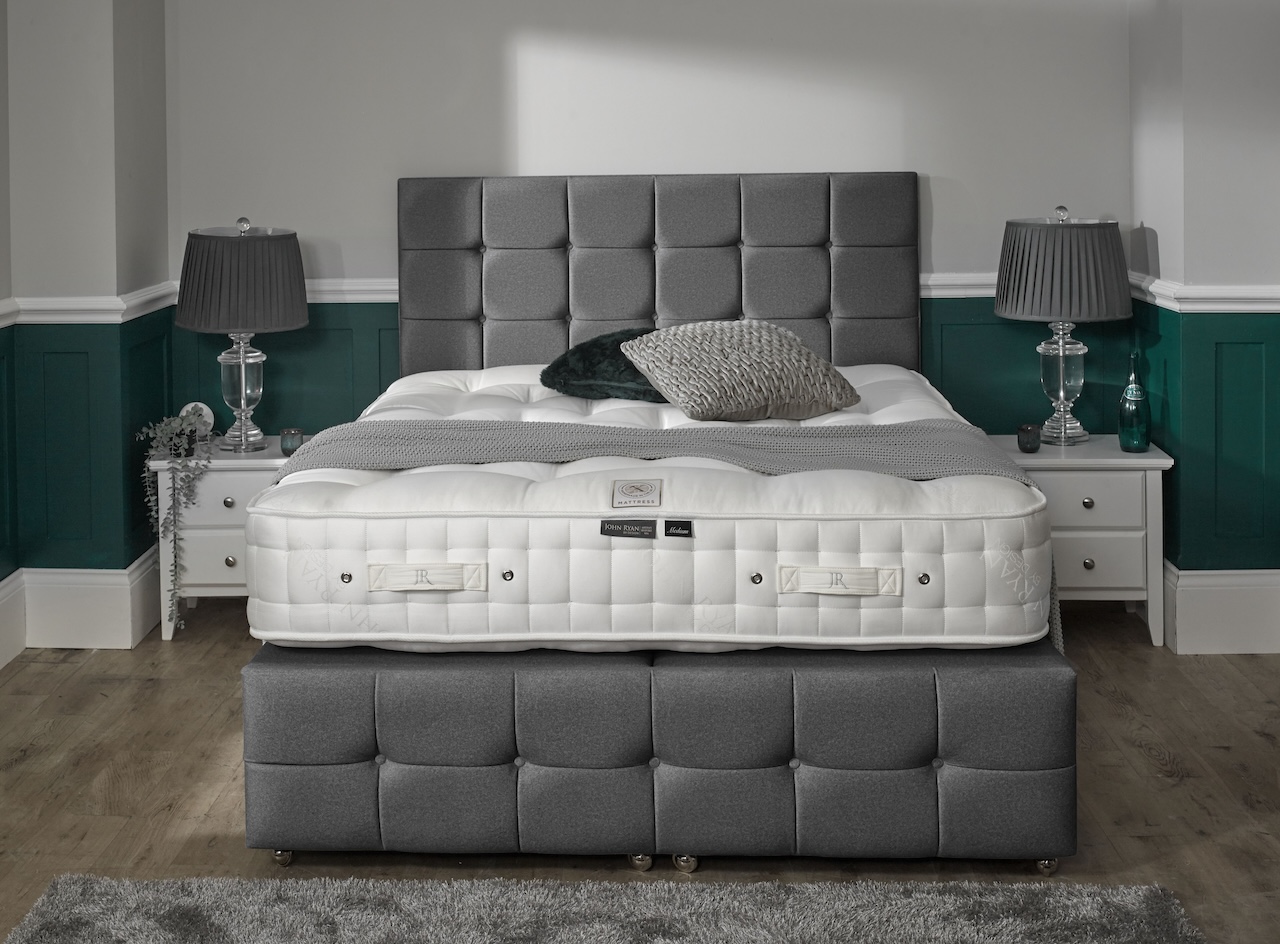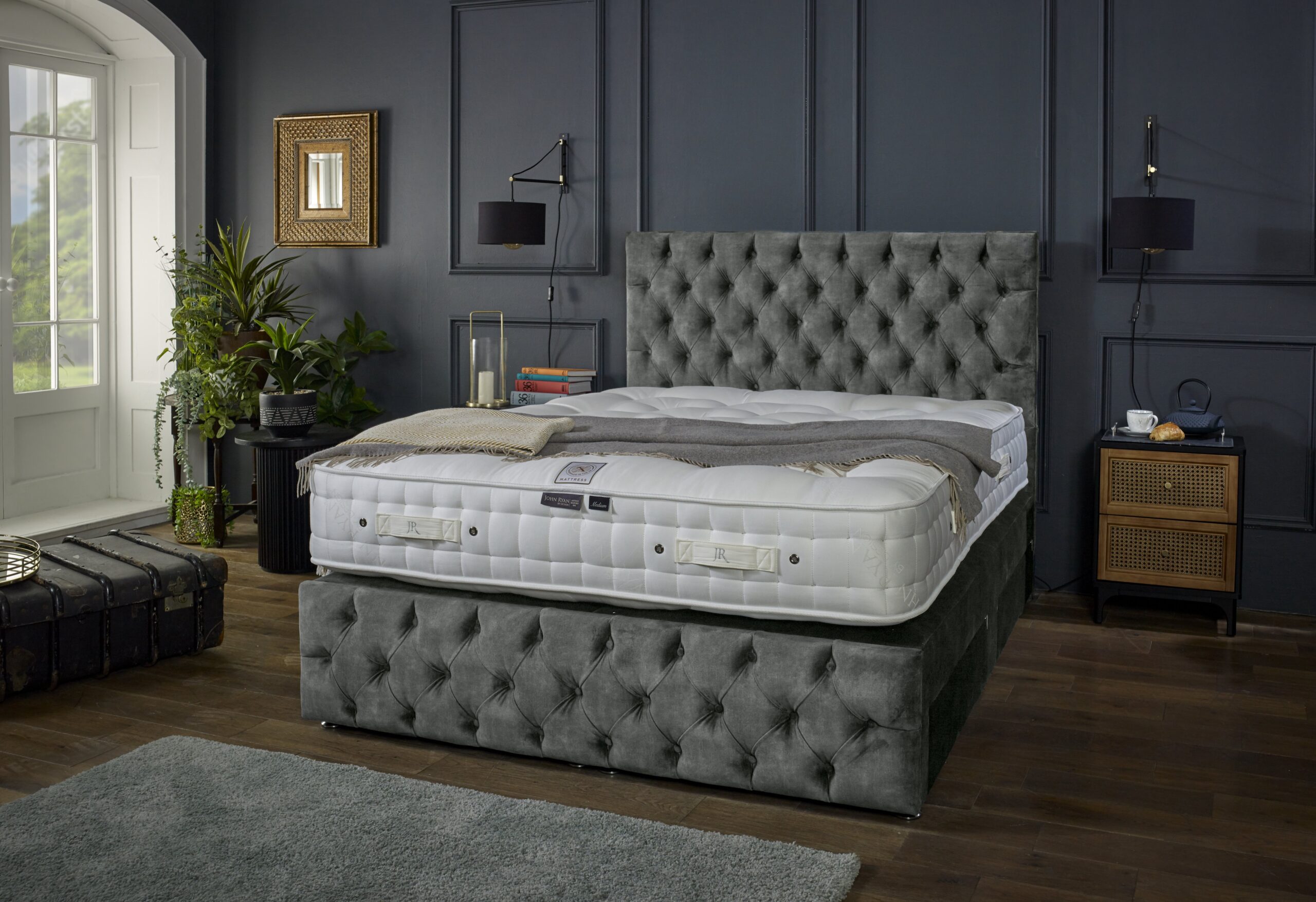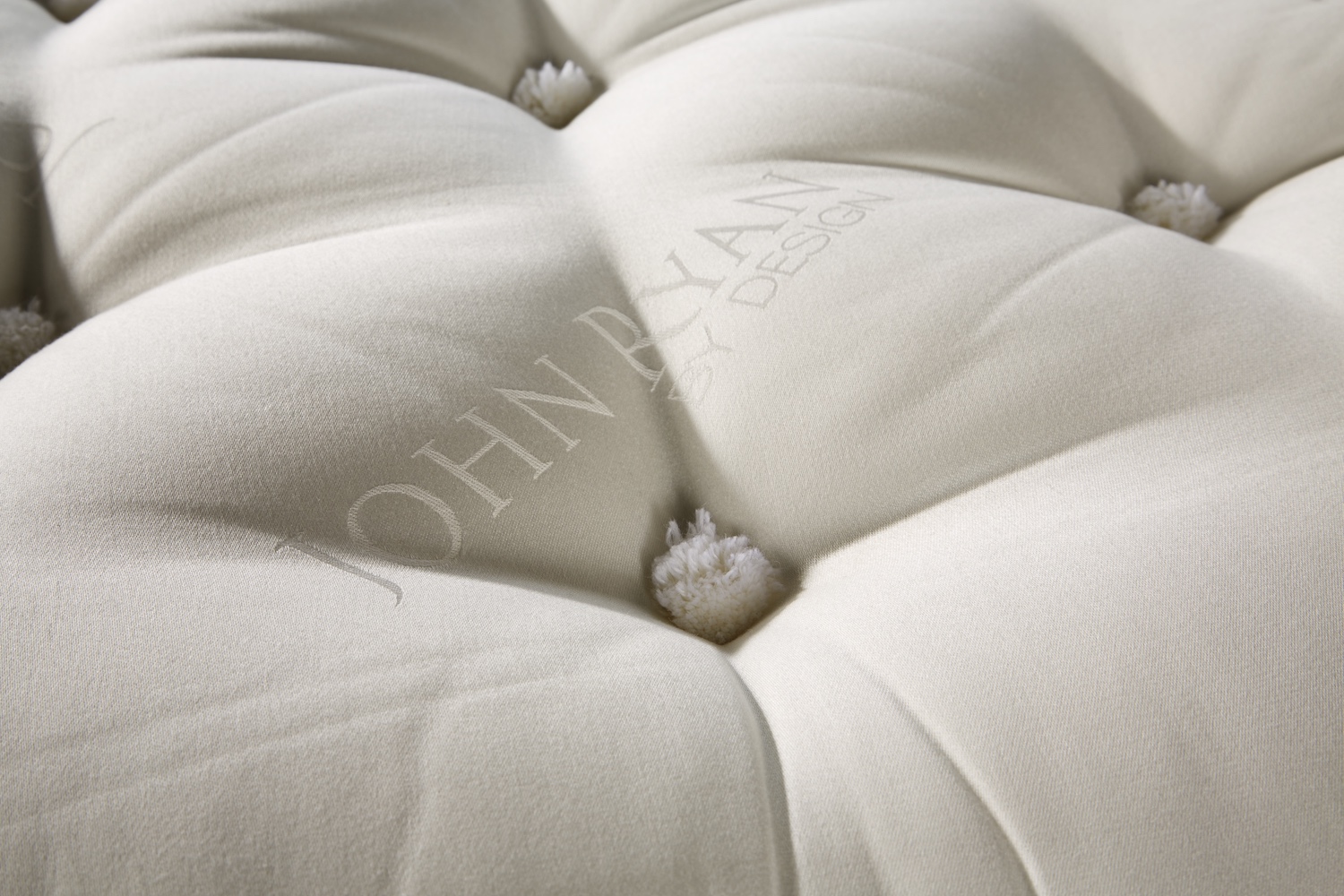Mattress Science
January 2024Should You Wear Socks to Bed? Unraveling the Debate for Better Sleep
‘Should you wear socks to bed?’ has been debated for the last century and causes quite the conversation between different sleepers. Some people swear by bed socks and keeping their feet toasty warm and covered in bed. Other sleepers absolutely detest having socks on their feet in bed and claim it keeps them awake or gives them the ick!

This article is going to help address the feud between bed sock wearers and people who prefer their feet free from socks when in bed. You may actually be surprised by some of the science behind wearing socks to bed each night!
The Science Behind Wearing Socks to Bed
Wearing socks in bed can influence your body’s temperature regulation, a critical factor in achieving quality sleep. Research suggests that keeping your feet warm by wearing socks can help dilate blood vessels, improve blood circulation and promote relaxation. This dilation signals to your brain that it’s time to sleep, facilitating the natural drop in body temperature that occurs during the sleep cycle.
Additionally, warm feet can prevent discomfort caused by cold extremities, allowing you to relax more deeply and drift off to sleep more easily.
Several studies shed light on why wearing bedsocks has a positive outcome on your sleep quality, mainly around the related aspects that contribute to sleep quality and temperature regulation. Let’s take a closer look at some sleep research around bed socks and why you should consider wearing them at night.
i) Temperature Regulation and Sleep Onset with bed socks
Research published in the journal Sleep Medicine Reviews discusses the importance of body temperature in sleep onset and maintenance. The study suggests that a drop in core body temperature is associated with the onset of sleep. Wearing socks can help keep your feet warm, promoting vasodilation and heat dissipation, which in turn aids in the natural drop in body temperature required for falling asleep.
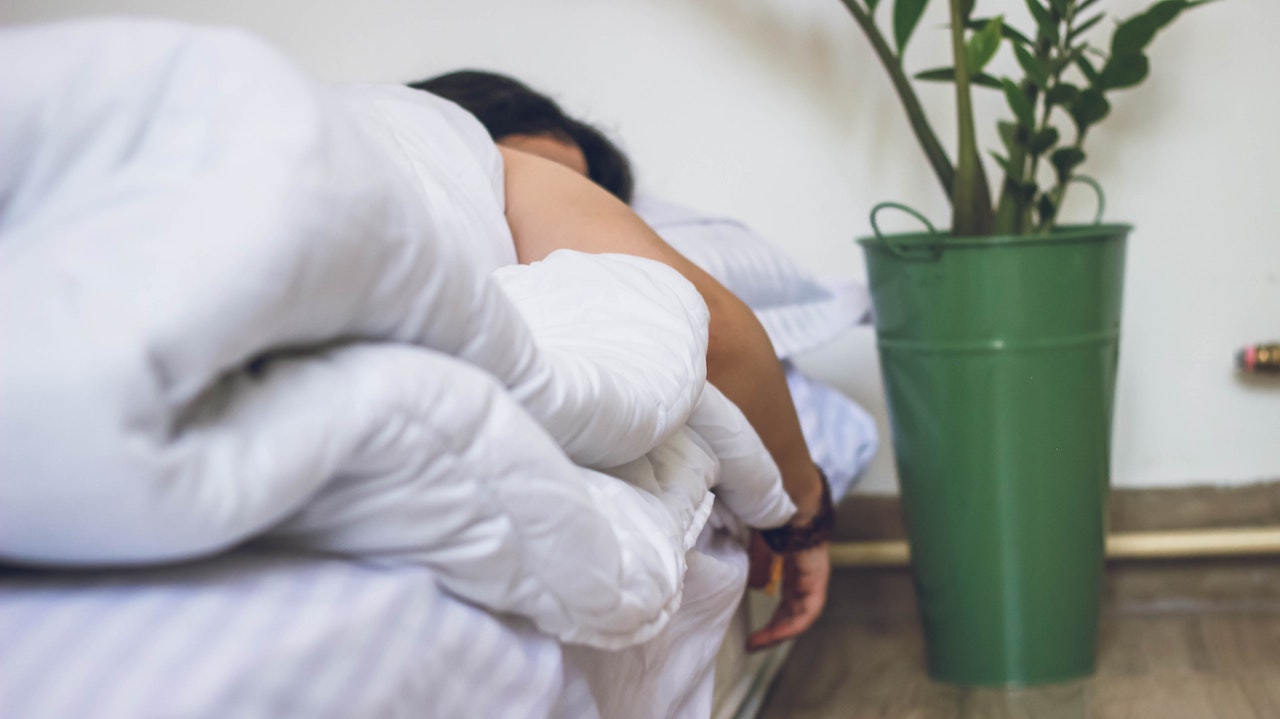
ii) Peripheral Blood Flow and Sleep Quality from Bed socks
A study published in the Journal of Physiological Anthropology explores the relationship between peripheral blood flow and sleep quality. The findings indicate that optimal peripheral blood flow, facilitated by warm extremities, is associated with improved sleep quality. Wearing socks to bed may help maintain peripheral blood flow by preventing heat loss from the feet, contributing to better sleep quality and duration.
The study also found that people wearing bed socks fell asleep 7.5 minutes quicker, stayed asleep for 32 minutes longer than those who didn’t wear bed socks, and woke up 7.5 times less often during the night, too!
iii) The Role of Thermal Comfort in Sleep
Research in the journal Building and Environment discusses the significance of thermal comfort in sleep quality and satisfaction. The study highlights the importance of maintaining a comfortable temperature environment, particularly during sleep, to promote relaxation and restorative rest. Wearing socks to bed can contribute to thermal comfort by preventing heat loss from the feet and enhancing overall sleep quality.

Benefits of Wearing Socks to Bed
Let’s dive straight into the benefits of wearing bed socks and why so many people champion having toasty toes throughout the night.
i) Improved Sleep Onset
Research suggests that warm extremities, such as feet, promote vasodilation, a process that helps facilitate the natural drop in core body temperature required for falling asleep. By wearing socks to bed, you create a cosy environment that encourages relaxation and signals to your brain that it’s time to wind down and prepare for sleep.
ii) Enhanced Blood Circulation
When you sleep, your body focuses on repair and regeneration processes, which require optimal blood circulation. Socks help trap heat around your feet, preventing heat loss and maintaining blood flow to the extremities. Improved circulation ensures that vital nutrients and oxygen reach your tissues, promoting overall health and aiding in the repair of muscle tissues and cells.
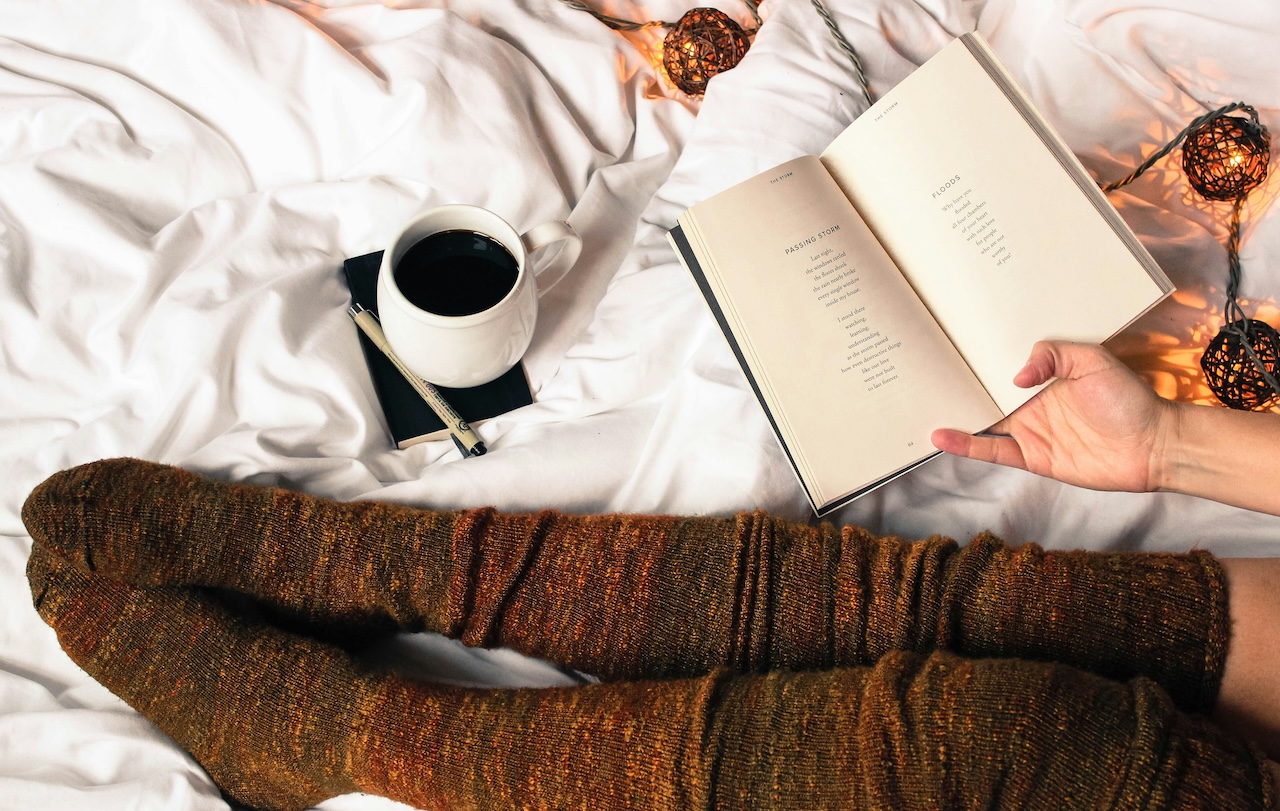
iii) Reduced Discomfort
Cold feet can be a significant source of discomfort and can disrupt sleep patterns. By wearing socks, you create a barrier between your feet and the coolness of your bedding or bedroom floor, minimizing discomfort and allowing you to relax more deeply. This can lead to a more restful night’s sleep and a refreshed feeling upon waking.
iv) Prevention of Raynaud’s Phenomenon
Raynaud’s phenomenon is a condition characterized by reduced blood flow to the extremities in response to cold temperatures or stress. Wearing socks to bed can help prevent Raynaud’s attacks by maintaining warmth and circulation in the feet, reducing the likelihood of symptoms such as numbness, tingling, and colour changes in the extremities.
v) Improved Thermal Comfort
Maintaining thermal comfort is essential for promoting relaxation and sleep onset. Socks act as insulators, trapping heat around your feet and preventing them from becoming too cold during the night. This helps regulate your body temperature and ensures that you stay warm and cosy throughout the night, even in cooler sleeping environments.
vi) Alleviation of Restless Leg Syndrome (RLS) Symptoms
Individuals with restless leg syndrome (RLS) often experience uncomfortable sensations in their legs that can disrupt sleep. The gentle pressure and warmth provided by wearing socks may help soothe restless legs and alleviate symptoms, promoting a more peaceful and uninterrupted sleep.
Wearing bed socks has been found in a study to help you fall asleep 7.5 minutes faster than without
Wearing socks to bed can help with thermoregulation, restless leg syndrome and help if you suffer from Raynaud’s phenomenon.


Drawbacks of Wearing Socks to Bed
While there are many supporters of bed socks, there is the other side of the debate: those who detest wearing bed socks. Let’s hear the argument for why keeping your toes sock-free at night may be the better option.
i) Overheating
For some individuals, wearing socks to bed may lead to overheating, especially in warmer climates or during hot summer nights. Excessive heat retention around the feet can disrupt the body’s natural cooling mechanisms, leading to discomfort and difficulty falling asleep. It’s essential to find a balance between warmth and breathability to avoid overheating while wearing socks to bed.
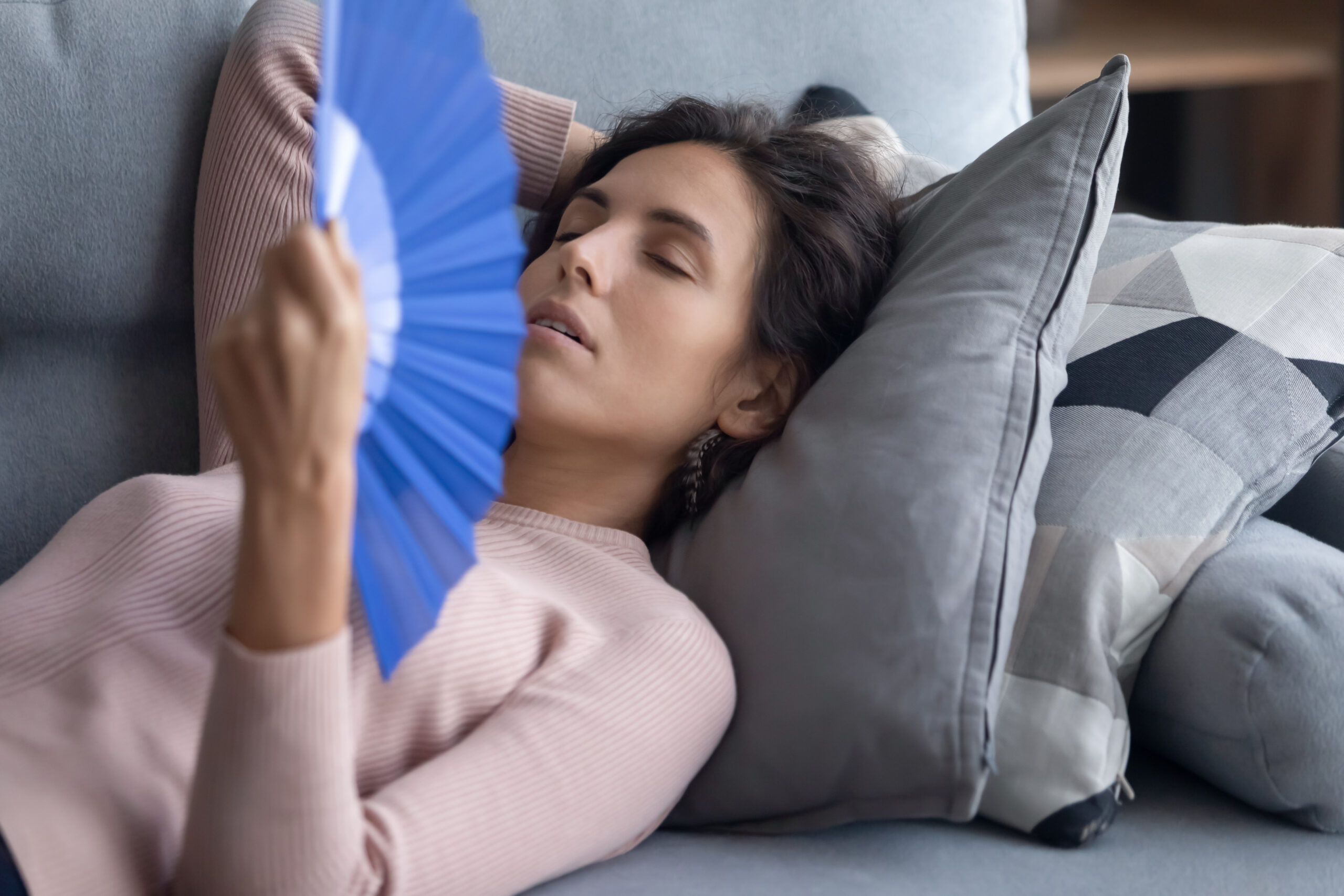
ii) Restricted Circulation
Wearing tight or constrictive socks to bed can restrict blood flow to the feet and lower extremities, potentially leading to discomfort, numbness, and tingling sensations. Prolonged compression of blood vessels and nerves may contribute to circulation problems over time, particularly in individuals with pre-existing conditions such as peripheral neuropathy or diabetes.
iii) Skin Irritation and Allergic Reactions
Some people may experience skin irritation or allergic reactions to certain materials commonly found in socks, such as synthetic fibres or dyes. Contact dermatitis, characterized by redness, itching, and inflammation, can occur when the skin comes into contact with allergens or irritants present in socks. Choosing socks made from natural, breathable materials and avoiding harsh chemicals can help minimize the risk of skin irritation.
iv) Discomfort and Restlessness
While many individuals find wearing socks to bed comforting and cosy, others may experience discomfort or restlessness due to the sensation of wearing socks while sleeping. The feeling of confinement or constriction around the feet may be distracting and make it challenging to relax and drift off to sleep. It’s essential to listen to your body’s cues and adjust your sleep attire accordingly to maximize comfort and promote restful sleep.

v) Risk of Slipping or Tripping
Wearing socks with non-slip grips can reduce the risk of slipping or tripping when walking on smooth surfaces, such as hardwood floors or tile floors, especially during nighttime bathroom trips. However, socks without adequate traction may increase the likelihood of slips and falls, particularly for individuals with mobility issues or balance problems.
How your mattress influences whether you should wear bedsocks
There’s more to the question of ‘should I wear bed socks’ than just the material on your feet. It also depends on the type of mattress you have. The mattress construction method and its condition can influence whether you choose to wear bed socks or not. We explain why your mattress plays a fundamental part in whether you choose to wear socks to bed or not.
A) Mattress Material & Insulation
If you have a mattress that retains heat well, such as memory foam or a hybrid mattress with foam layers, you may find that your feet stay warmer throughout the night. In this case, you might not feel the need to wear bed socks for added warmth.
But beware with memory foam mattresses, known for retaining uncomfortable amounts of heat during the night, especially if you suffer from night sweats. Memory foam is the least breathable of all mattress types and isn’t recommended if you have the budget for a more breathable natural fibre mattress like our Artisan Bespoke 004 for example which is made from 100% natural fibres, even the pocket spring unit is wrapped in breathable natural calico.
The best mattress materials for breathable insulation and thermoregulation are natural fibres with a calico-encased pocket spring mattress support unit. Avoid foams of any kind to ensure you stay toasty warm and not sweating in a mattress inferno!
B) Mattress Firmness & Support
The firmness and supportiveness of your mattress can also impact your body temperature and comfort level. A softer mattress may allow your body to sink in, potentially trapping more heat and making your feet warmer. Conversely, a firmer mattress may promote better airflow and ventilation, helping to keep your feet cooler.
Again it all goes with the mattress upholstery and which fibres are used. Natural fibres allow better breathability when on a softer or firmer mattress compared to polyester and other man-made fibres.
C) Mattress Condition and Age
An older or worn-out mattress may develop uneven areas or sagging spots, which can affect how well it regulates temperature. If your mattress has lost its ability to provide adequate support and airflow, you might find that your feet become colder or warmer during the night, influencing your decision to wear bed socks.
Also, older beds that have either lost their support or suffered from excess upholstery compression (also known as mattress sagging and dipping) can be detrimental to your sleep. Old lumpy mattresses can cause you to toss and turn in the night, so even with bed socks on, it’s your mattress keeping you awake!

Most retail and entry-level mattresses (under £1000 RRP) have a life span of around 7 years, so it’s worthwhile checking how old yours is. Hand-made natural fibre mattresses, however, can last up to 15 -20 years with good care and attention, so sometimes it’s a better investment.
Can wearing socks improve sleep problems?
While more research is needed in this field, the evidence does suggest that keeping your toes and hands warmer during the night can lead to a better quality of sleep. Assisting in promoting healthy circadian rhythms and sleep higene compared to those who go to sleep with cold feet and hands.
We would always advise trying bed socks to see if they work for you and use a sleep tracker app to score and review the quality of your sleep with and without socks on over a 30-day period.
What’s the best material when choosing bed socks?
We’ve discussed the benefits of wearing socks to bed and how they can help you drift off faster, stay asleep longer and provide a feeling of being cosy in bed all night long. But what type of socks and which material is best for bed socks?
i) Cotton
Cotton is popular for socks due to its softness, breathability, and moisture-wicking properties. Cotton socks are good value and cheaper than wool or bamboo socks. Cotton is comfortable to wear and helps keep your feet dry by absorbing sweat. However, pure cotton socks may lack elasticity and provide less support than other materials.
ii) Wool
Wool socks, especially those made from merino wool, are excellent for regulating temperature and moisture. Wool naturally wicks away moisture from the skin, keeping your feet dry and comfortable in both warm and cold conditions. Wool socks are also known for their cushioning and insulation properties, making them ideal for outdoor activities and colder climates.
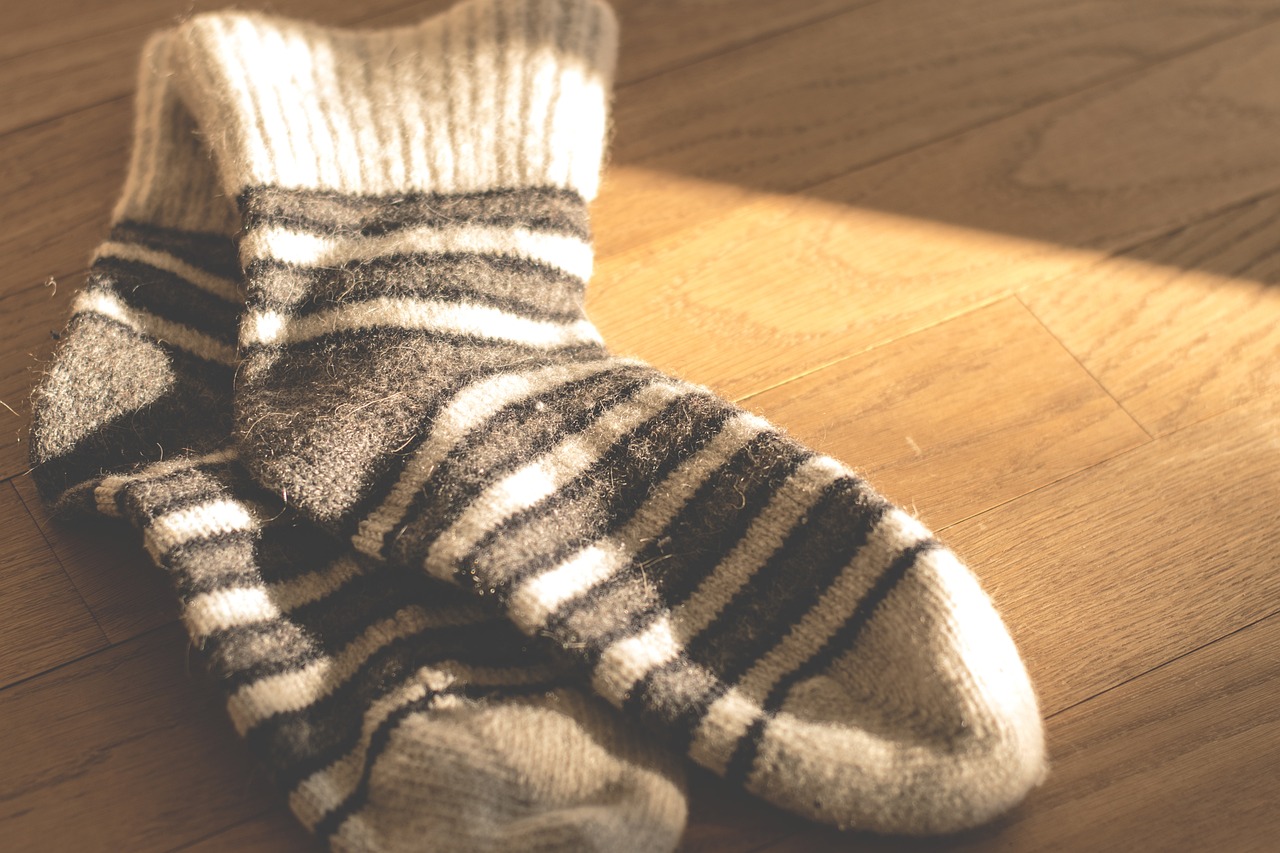
iii) Bamboo
Bamboo socks are prized for their softness, breathability, and eco-friendly properties. Bamboo fibres are naturally hypoallergenic, moisture-wicking, and antibacterial, making them suitable for sensitive skin and odour control. Bamboo socks are lightweight, durable, and environmentally sustainable.
iv) Merino Wool Blends
Socks made from a blend of merino wool and synthetic fibres combine the best qualities of both materials. In fact, at John Ryan by Design, we all love wearing merino wool socks to bed; they are a delight!
Merino wool provides warmth, moisture-wicking, and odour resistance, while synthetic fibres enhance durability, stretch, and shape retention. Merino wool blends are versatile and suitable for a wide range of activities and conditions.

What’s the worst type of bed sock?
We’ve looked at the best bed sock materials, but which is the worst choice for socks during the night? You may be surprised, but there is one material that strikes fear into sleep experts when it comes to bed socks: synthetic blend socks. The man-made bed sock!
Many socks are made from synthetic blends such as polyester, nylon, and spandex. These materials offer durability and elasticity but are the worst for breathability.
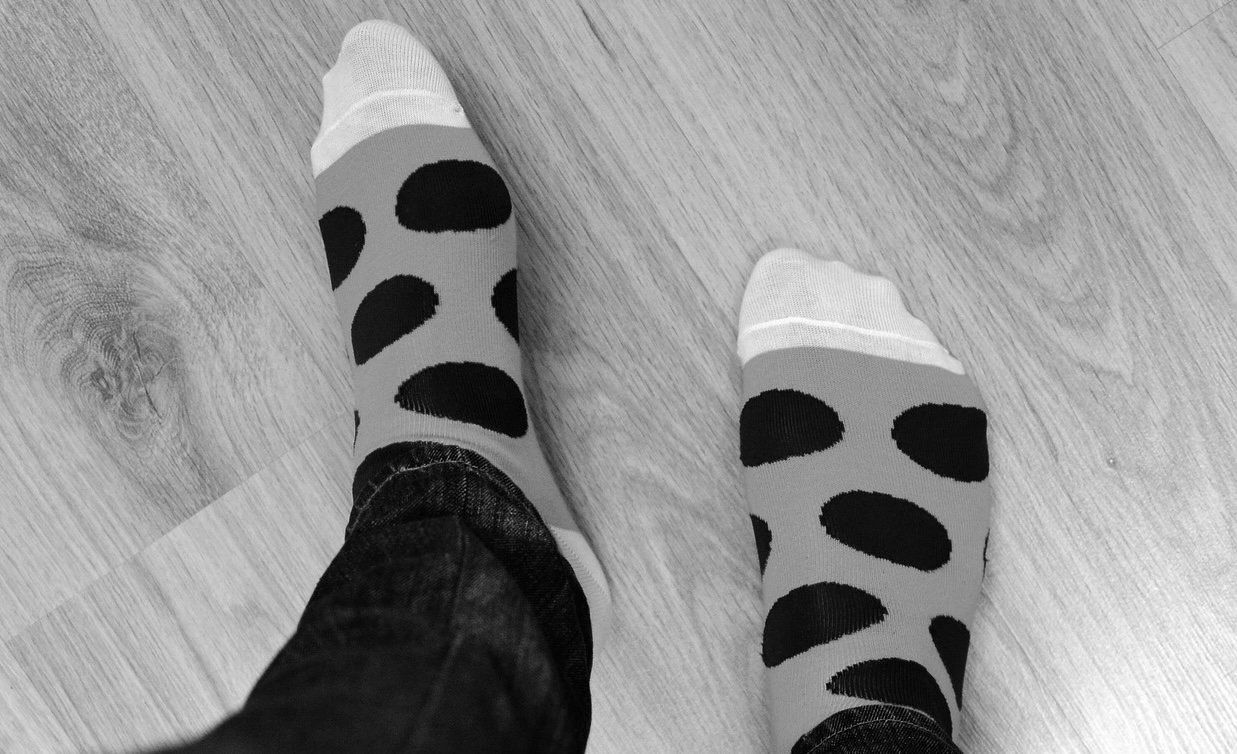
Synthetic bed socks promote sweaty and clammy feet during the night. Often leading to you waking up with red, hot feet or damp toes. Even worse is wearing synthetic polyester socks with a man-made memory foam mattress, as your toes are wrapped in the closest material to plastic, causing them to sweat and stew at night, as is your body on top of the heavy, hot mattress!
Summary
Whether you should wear socks to bed depends on your personal preferences, comfort levels, and specific sleep needs. While wearing socks can offer benefits like warmth, improved circulation, and enhanced sleep onset for many individuals, it’s essential to consider potential drawbacks such as overheating, restricted circulation, skin irritation, and discomfort.
Experimenting with different sock materials, thicknesses, and styles can help you determine whether wearing socks to bed enhances your sleep quality and comfort. Ultimately, the decision to wear socks to bed should prioritize your individual sleep preferences and promote a restful and rejuvenating night’s sleep.
If you think it’s not just the cold that’s keeping your toes awake but your mattress, why not get in touch with our friendly team of experts at 0161 437 4419? You can also browse our online shop of handmade luxury mattresses.
Sleep tight.
John & Ryan

Dreaming of the perfect nights sleep?

Ask us a question
There are over 6000 questions and answers submitted by you on all questions about mattresses and bed problems. Enter a keyword such as Vi Spring, John Lewis beds, bad back or Memory Foam and see if your question has already been answered.
If you can’t find an answer in knowledge hub, ask a new question. We aim to respond to all questions within one working day.
Newsletter
Enter your email to join our newsletter. We’ll send you occasional news and mattress expertise.

